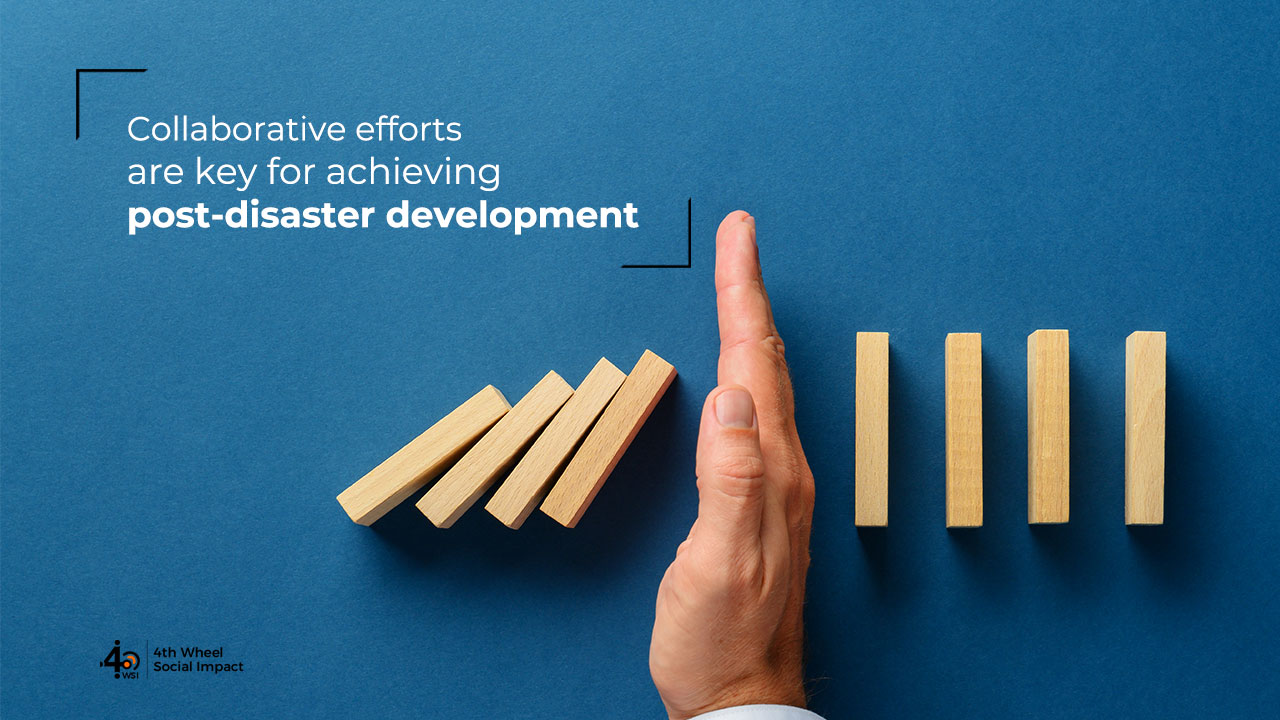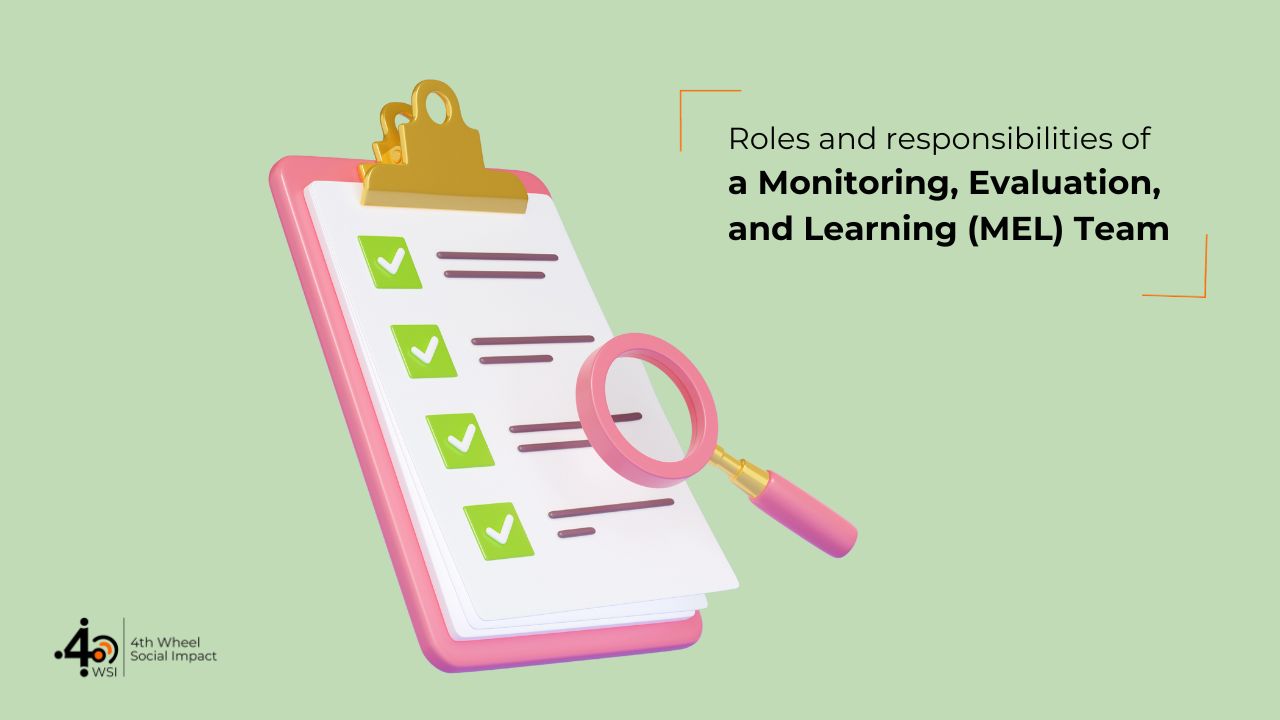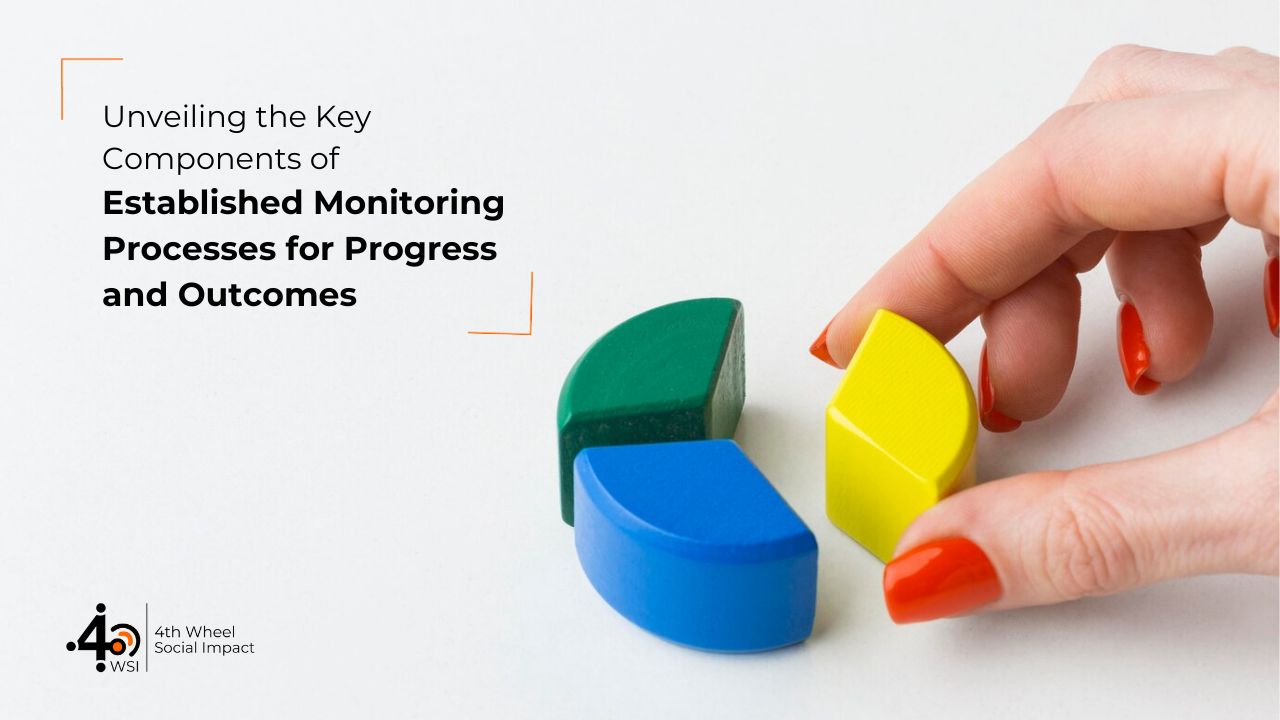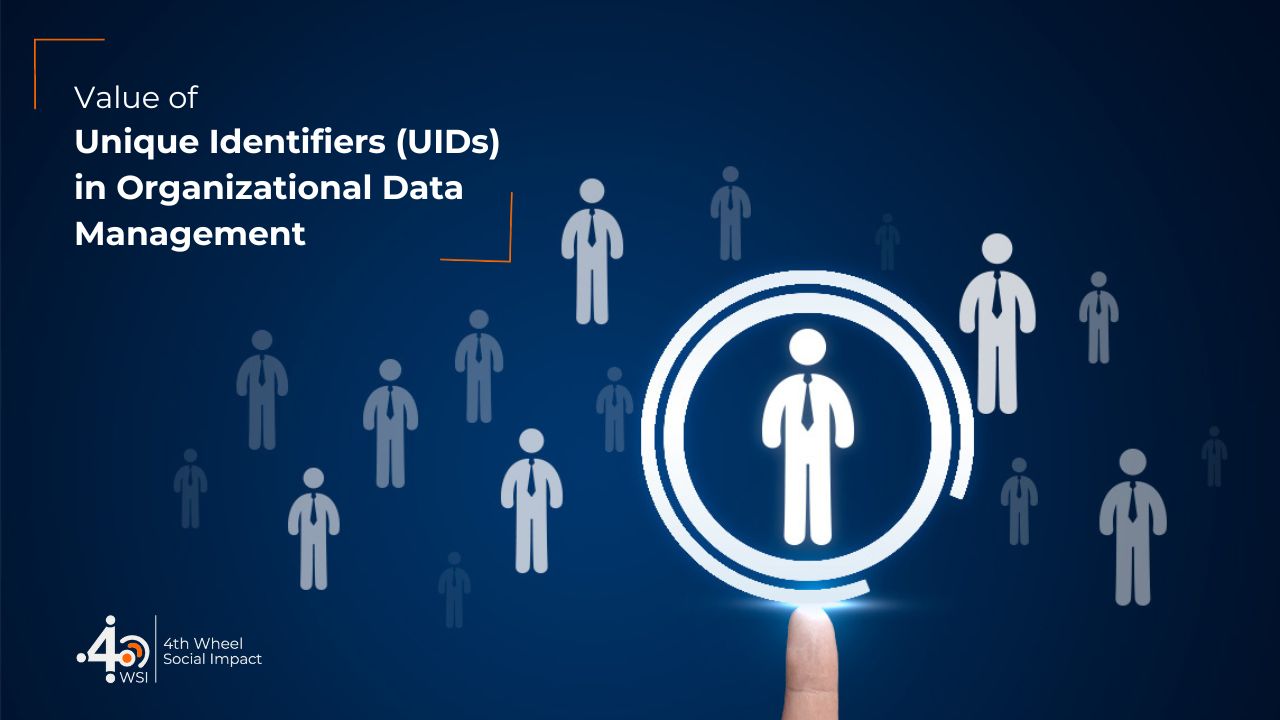Post natural disasters, countries should focus on rebuilding their infrastructure and resources, stronger and faster, and in an inclusive manner so that post-disaster support reaches all sections of the society. This will not only ensure that people restore their income and assets as early as possible, but also mitigate long-term consequences in domains such as health and education. – Global Facility for Disaster Reduction and Recovery and World Bank Report, 2018
The term “inclusion” has gained prominence in the development sector and rightly so, for it aims to promote social, economic, and political growth by ensuring all segments of the society are included in their development process. In the context of disaster management, engaging with and building resilience of local communities, especially the poor and vulnerable section, is one way of achieving sustainable development post disasters. This can be ensured by providing efficient support services in areas such as health, education, and livelihood so that marginalised communities are equipped to avoid long-term poverty traps.
Kerala provides a unique account as it allows us to get some insights into understanding the significance of inclusive community and government engagement post-disaster. The state witnessed unusually high rainfalls in August 2018 which coupled with ineffective dam water management, led to massive floods across the state. The 2018 floods were the worst disaster to have struck the state in a century. Presently, for the second year in a row, floods have again created havoc there.
Experts point out that ecological damages due to unchecked quarrying, ineffective management of water resources, and climate change risks bringing even bigger disasters in Kerala. This calls for both preventive and post-disaster measures to be set up to mitigate future losses. In the midst of this, Wayanad continues to be one of the worst affected districts owing to massive construction activities and quarrying undertaken in the hilly terrain. In the months following the 2018 floods, the 4th Wheel team visited Wayanad to document the efforts made by community members, government institutions, and civil society organisations as well as understand their roles in overcoming adversity in the domains of water and health. While various collaborative measures were undertaken, in this blog article, we have focused on the efforts made within the two domains of water and mental health.
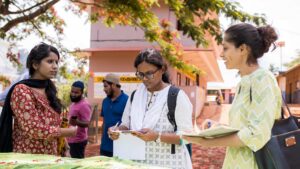
Access to adequate drinking water
Water shortage and contamination were some of the challenges that arose in the months after the floods and consequently, initial efforts revolved around restoring and cleaning individual and community wells to ensure access to clean drinking water for everyone. These efforts were undertaken in active collaboration by community members, local government bodies, and multiple Non-Governmental Organisations (NGOs) working in the state.
To create effective management structures and ensure proper division of work, government bodies allocated different wards to non-government institutions to carry out their relief activities, including well restoration and cleaning. The government water supply scheme jalanidhi aided in mitigating water shortages in the state since it ensured an equitable, inclusive, and decentralized system of delivery. Meanwhile, in the following months, all stakeholders worked together to rebuild water sources.
4th Wheel’s partner NGO working in Wayanad district, conducted preliminary assessments in their allocated ward to understand the nature of further work required. Activities such as chlorination, water testing, water pumping, cleaning of good rings, and creating proper drainage mechanisms to avoid water clogging were carried out, along with additional measures such as raising platform levels and putting safety measures in place. To allow for comprehensive and long-term impact, community members were also given training on safe water handling practices. They even helped aid workers in well-cleaning and restoration processes.
One of the community members expressed this change as:
“This well (near her house) was constructed in 1987 – the same year my son was born. However, thanks to NGO and community efforts, it got cleaned for the first time in 32 years. Neither I nor anyone in my family was aware of the importance of cleaning wells regularly. It was only after the floods when an NGO aid team spoke to us, did we realise its significance. The iron grill on top of the well will help in preventing unforeseen circumstances since our community’s children often play near this well.” – Daily Wage Labourer
Inculcating health-seeking behaviour post-disaster
While general health practices such as medical aid distribution, inculcating daily hygiene practices, and water cleaning mechanisms were advocated by all stakeholders within their capacity, mental health was yet an issue waiting to be addressed. As mental health is still stigmatised in the country, in post-disaster situations, these barriers can have underlying implications as patients are not only unable to recognize their trauma, but they are also unable to get the adequate treatment required for their recovery.
Destigmatizing and addressing mental health issues is therefore critical. During 4th Wheel’s visit, locals in Wayanad mentioned being affected by small floods every monsoon season. However, the magnitude of the 2018 floods was unexpected and created a major financial, physical as well as emotional toll on residents. It was then that joint efforts by the government, communities, and various NGOs in the state sought to address this issue through effective processes.
This involved training mental health workers as well as active mobilisation efforts by them to recognise post-traumatic stress disorder (PTSD) symptoms which include suicidal tendencies, disturbances in sleeping patterns, anxiety, poor appetite, destructive behaviour, and lack of hygiene. Appropriate measures were accordingly taken by them that involved home visits, consultations, awareness sessions, follow-ups as well as training of non-specialised health workers in addressing mental health due to lack of qualified personnel.
One mental health worker summarises this as follows:
“After the floods, we were expected to provide emotional support and counseling to people residing in the relief camps. While we ensured to give them support, we were still apprehensive about corrective measures since this was the first time we were working in a post-disaster setting. However, after attending training programmes by various institutions, we have become more equipped in handling PTSD cases. While the stigma around mental health is still prevalent, we hope our efforts contribute to reducing it over time. ” – Anganwadi and mental health worker
4th Wheel’s partner NGO addressed this topic by adopting participatory efforts to first understand how people are responding to healthcare in their respective socio-cultural and economic circumstances. They did so by engaging with community members to understand their present perceptions towards mental health and ways in which their efforts can be inculcated into the community’s lifestyle, such as forming peer support groups, awareness sessions, and mobilising youth. While more time and effort are required to destigmatize mental health, Kerala indeed provides certain mechanisms to address mental health post-disaster.
Understanding contextual factors
The state’s efforts outline effective disaster management techniques, primarily because it was able to decentralise roles, responsibilities, and resources, and secondly, how people and various types of institutions united to organise rescue and relief work. The existence of strong and active local governance structures, coupled with resilience, motivation, and awareness among community members, aided efforts made towards achieving inclusive and sustainable development after the disaster.
At the same time, it is important to understand contextual factors, i.e. development challenges in Kerala are different in comparison to other Indian states, given that they score better in terms of literacy and awareness levels. All efforts therefore cannot be replicable. Additionally, the state needs to work on various preventive measures. Nevertheless, collaborative efforts have proven to be key in achieving varying levels of success in such circumstances.
Works cited
“Building Back Better: How to Cut Natural Disaster Losses by a Third.” World Bank. 18 Jun. 2018, https://www.worldbank.org/en/news/press-release/2018/06/18/building-back-better-how-to-cut-natural-disaster-losses-by-a-third
Johnson, Liby. “Rethinking our approaches to disaster relief”. Indian Development Review, 15 May. 2019. https://idronline.org/re-thinking-our-approaches-to-disaster-relief/
Kerala Rural Water Supply and Sanitation Agency, jalanidhi.kerala.gov.in/page/render/reference/About_Jalanidhi
M.K., Nidheesh. “Damage to the Western Ghats makes Kerala floods worse.” Live Mint. 13 Aug. 2019, https://www.livemint.com/news/india/damage-to-western-ghats-makes-kerala-floods-worse-1565634396271.html
Verma, Subodh. “Kerala Floods: How the State Govt. and the People Responded.” Newsclick. 21 Aug. 2018, https://www.newsclick.in/kerala-floods-how-state-govt-and-people-responded
This blog is written by Chandni Patel, Research Associate at 4th Wheel Social Impact.

